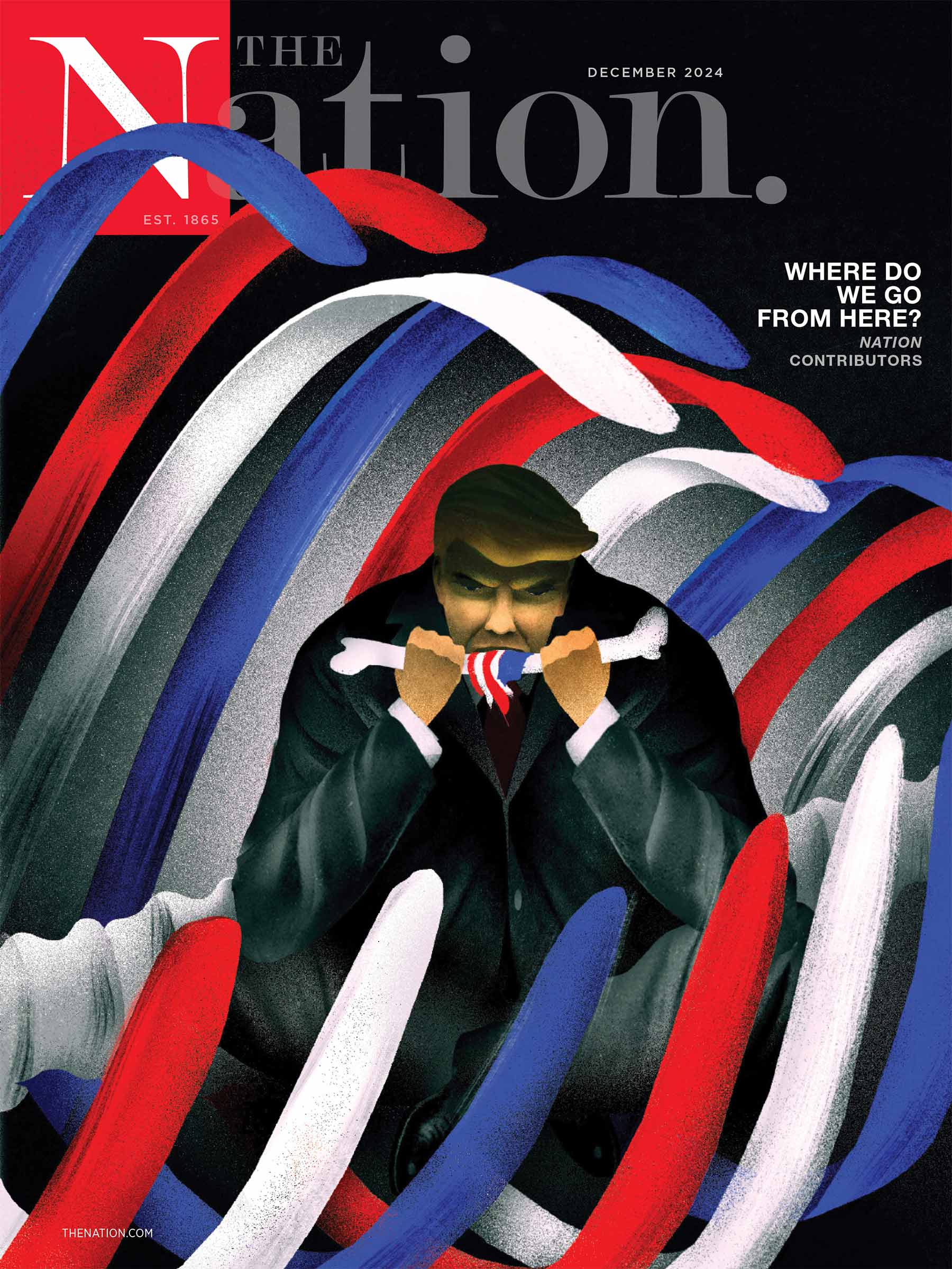When Canadian freelance photojournalist Zahra Kazemi flew to her native country of Iran last spring, little did she know that covering the student protests would be her final assignment or that her murder would, ironically, give critical momentum to Iran’s prodemocracy movement.
The 54-year-old Kazemi died of a brain hemorrhage on July 10 after being beaten in detention following her arrest outside Tehran’s infamous Evin prison on June 23 as she was photographing families protesting the imprisonment of student activists. In a statement carried by Iran’s official news agency, her death was first disguised as a “brain stroke.” But that was quickly contradicted on July 16, when an investigation demanded by reformist President Mohammad Khatami announced that Kazemi had in fact “died of a brain hemorrhage resulting from blows inflicted on her.”
This admission was astonishing to Iran watchers, who took the official statement as an indication that the reformist government’s desperate struggle to weaken the stronghold of the hard-line clerics may be gaining ground.
Following her arrest, Kazemi reportedly endured seventy-seven hours of interrogation by the judiciary and the security forces (both bodies controlled by hard-line clerics) and the Intelligence Ministry (under the authority of Khatami’s reformist government). The intervention of different bodies linked to opposing ruling factions at various stages of the inquisition muddied the case considerably.
But attention was quickly drawn to the prosecutor, Said Mortazavi, who, according to rumors, delivered the fatal blow. The prosecutor, who prior to May served as a judge in charge of the hard-line judiciary’s press court, is known in Iran as the “butcher of the press” for his role in the closure of some ninety liberal publications and the imprisonment of dozens of writers and activists in the past three years.
Mohsen Armin, a member of the Iranian Parliament from Tehran, vehemently attacked Mortazavi in an open session of Parliament, blaming him for the unnecessary and prolonged detention of Kazemi. Armin also denounced Mortazavi’s attempt to cover up the murder by forcing a top Culture Ministry official to announce that Kazemi had died of a stroke. He concluded by calling for Mortazavi to be removed from power and for an investigation to be held into his actions. Armin’s strong public stand against a conservative official was extremely uncommon but, to date, Armin has been able to avoid the reprisals that would have been expected even a few years ago.
Outrage against Kazemi’s murder also surfaced in Iran’s reformist media, which has devoted exhaustive coverage to the case. One prominent daily, Yas-e-no, published a lengthy interview with Kazemi’s mother, who visited her daughter when she was in a coma. Ezzat Kazemi’s talk of the bruises she found on her daughter’s body and how she was forced to accept a burial in Iran intensified protests from the Canadian government and from Kazemi’s only son, who demanded that his mother’s body be sent to Canada for an autopsy.
Kazemi’s case is far from being resolved. “If the murder occurred while she was in the hands of the judiciary branch,” says Nasser Hadian, a Tehran University political science professor and a visiting scholar at Columbia University, “they will use delaying tactics in order for the investigation to go on forever–as long as it takes to make people eventually forget about who Kazemi was in the first place. Or, they will find a ‘scapegoat’ to save high-ranking officials from being condemned.”
The latter option seems to be the one adopted by the conservative faction in charge of the judiciary: On August 25 two female employees from the reformist-controlled Intelligence Ministry were charged with Kazemi’s murder.
But Hadian also underlines that “her death became part of Iran’s internal politics” and will continue to reverberate for some time. At a vigil in Tehran protesting Kazemi’s killing, Mohsen Kadivar, a leading reformist cleric and writer, declared to the audience, “We have gathered here to tell the people of the world that freedom of the pen in Iran is restricted.” Ironically, those censors may have unwittingly provided Iranian reformers with ammunition for an attack against the hard-line clerics’ bastion of power.


